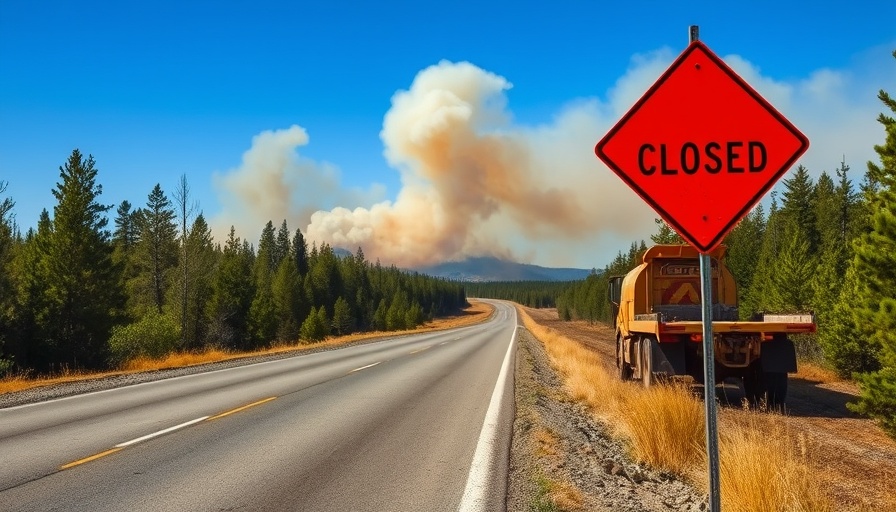
Understanding the Impact of Northland Wildfires
In May, devastating wildfires ripped through St. Louis County in Minnesota, leading to significant damage and the destruction of structures, including over 30 year-round homes. As the flames swept through, local officials and firefighters fought bravely to contain the fires. In response to the damage caused, Governor Tim Walz has now authorized state disaster assistance to aid in rebuilding public infrastructure. However, this assistance, while crucial, raises important questions about the support available for all those affected.
The Role of State Assistance
According to officials, the state disaster assistance will cover 75% of costs related to public safety, including the rebuilding of roadways, bridges, and infrastructure for power cooperatives. Emergency management coordinator Josh Brinkman noted the collaboration between state authorities and St. Louis County to assess damage and support recovery efforts. Yet, this emergency assistance doesn’t extend to direct aid for individual homeowners, leaving many victims struggling to recover.
Challenges in Accessing Federal Assistance
For many affected residents, the completion of damage assessments is a critical next step; however, complications have arisen regarding access to federal assistance. The fires primarily affected federal land, which means that the significant federal funds allocated to fight the fires cannot count towards the monetary threshold required to unlock additional assistance. This situation puts affected homeowners in a precarious position, as they may feel the effects of this gap in support while they navigate the recovery process.
A Call for Community Support and Resilience
The ongoing situation highlights the need for community resilience and support systems. Many families have lost everything, and as the state steps in to address infrastructure damage, it’s also vital for local communities to come together and assist those most in need. It could be as simple as organizing donation drives, providing food and shelter, or connecting affected families with mental health resources to help them through this challenging time.
The Path Forward: Community and Government Action
While the state disaster assistance helps restore vital infrastructure, it also acts as a reminder for policymakers to reevaluate how disaster responses handle individual needs. Community advocacy for more comprehensive assistance can pave the way for future policy improvements. Encouraging open dialogues about disaster preparedness and coordinated support systems will ensure that affected families receive both the immediate and long-term help they need to recover and rebuild.
In conclusion, while Governor Walz’s authorization of state disaster assistance is a positive step toward recovery in Northland, it’s important to remember the gaps that still exist for many homeowners. The community must unite towards more comprehensive support, ensuring that no one is left behind in times of crisis. As rebuilding efforts continue, residents must advocate for policies that prioritize individual recovery in the face of natural disasters.
 Add Row
Add Row  Add
Add 




Write A Comment